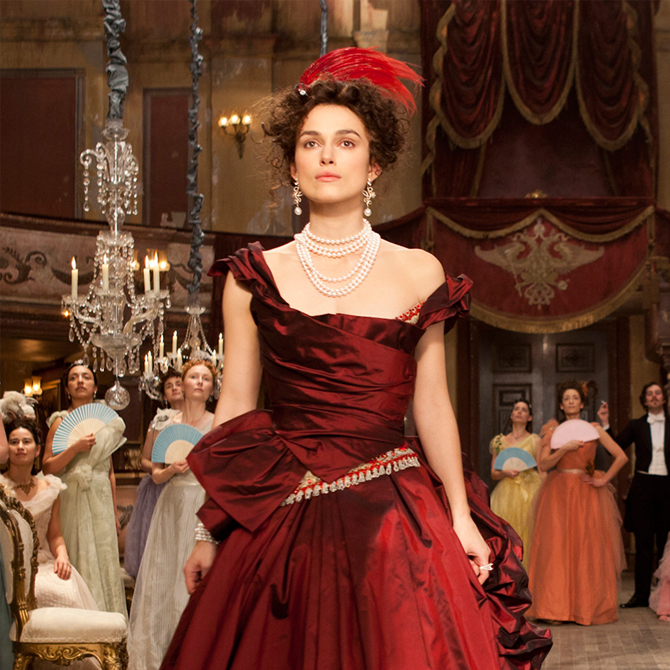There’s this belief that the ‘traditional’ corset, as we know it, was a tool to tailor women’s bodies into impossible shapes, displacing organs and shorting breath for the benefit of the patriarchal gaze. This belief persists today, still, what with Emma Watson’s absolute refusal to wear a corset in the 2017 live-action remake of Beauty and The Beast, as well as the Kardashian clan’s ‘waist trainers’ sparking outrage among critics and fans alike.
You’ll even see corsets demonized throughout pop culture—from Keira Knightley’s corset-induced faint in 2005’s Pirates of the Caribbean: The Curse Of The Black Pearl to Millie Bobby Brown’s titular character denouncing the corset as a tool of female oppression in Enola Holmes (though she does clarify that this observation only applies to those who are forced to wear it immediately after). But why?
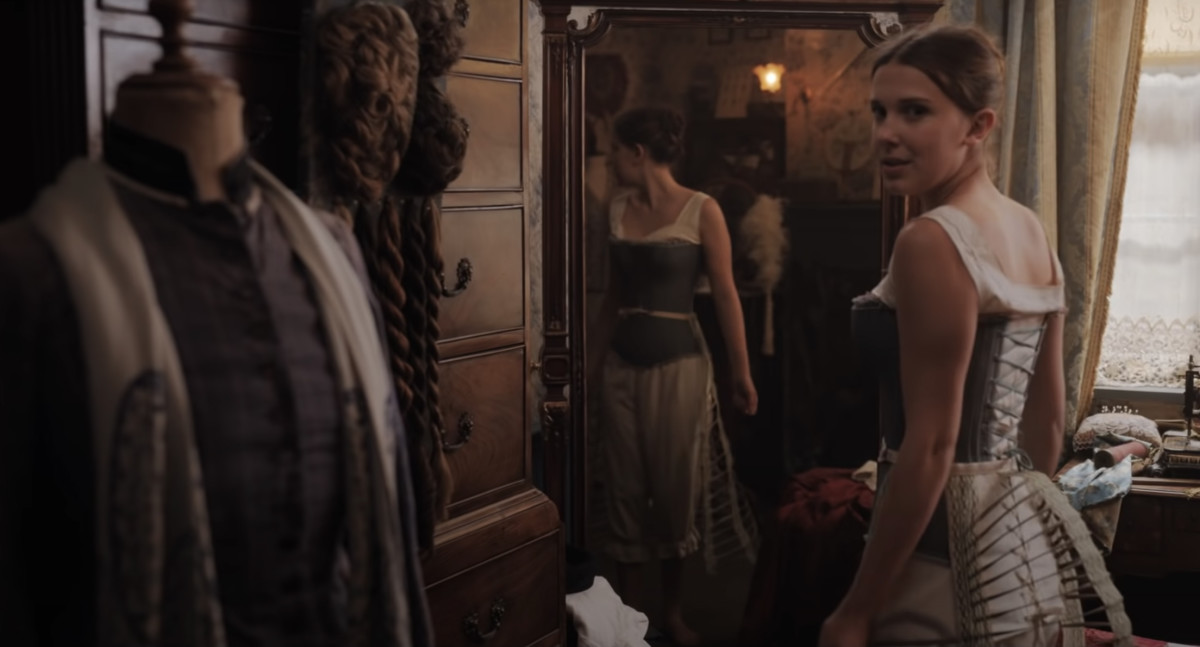
That’s what we’re diving into today—we’re addressing a few misconceptions about corsets and exploring what a corset actually does to your body.
DISCLAIMER: Any seasoned (and qualified) fashion historian will gladly tell you that what we perceive to be the ‘corset’, is actually a gross generalisation of an array of different eras of shapewear and underwear, including (but not limited to) stays and jumps. However, for the purpose of easy-reading, we’ll just call everything a corset from here on (sorry fashion history buffs!).
So, when we think corset, our minds usually jump straight to words like restrictive, oppressive, and the like, right? Au contraire, friends. Let’s get one thing straight, right off the bat—corsetry is not synonymous with tightlacing. Tightlacing is where most of the misconceptions about corsets come from, so it’s important to note that a woman wearing a corset does not necessarily mean she is tightlacing, or even has to for that matter. Corsets were meant to be laced snugly, yet comfortably against the skin.

Further, they were often moulded to the body shape of the wearer, and custom-made by hand (before the days of mass production). Moreover, tightlacing the waist down to a whopping 18 or 19 inches was as scandalous back then as it is today. Exhibit A: An article entitled ‘An Admirer of a Small Waist’ from The Toronto Daily Mail in 1883 stated that “A woman who would lace an unfortunate girl night and day until her waist was reduced from 25 to 18 inches should be put into a straight waistcoat, and thus be prevented from injuring those committed to her care.”
That same article also stated, “Twenty-five inches is not too large for a medium-sized figure and twenty-six or twenty-seven inches is more in proportion when the figure is above the average height, with shoulders and chest in proportion.” Twenty-five to twenty-seven inch waists? Oh, so the very sizes that would qualify for the average small or medium sizes in any high street brand today, then.
READ: Celebrities who embrace their curves and are keeping it real

In fact, the historical function of corsets more closely resembles the bra—a structural undergarment used to support the breasts and back. The difference is that there was the added benefit of being able to shape the body to suit the fashions of the time. Think about the way Regency era boobs looked—despite the empire-waist cut of the dresses that largely concealed the shape of the body, the breasts of women at the time soared high; almost up to the neck. You could not achieve that silhouette without the use of a short corset to hike your breasts up and keep them there.
Not to mention, corsets also had another very practical use—simply put, it’s a structural support for the extremely heavy, avant-garde skirts that were commonplace fashions in many eras, such as during the late 16th century and the late-18th to mid-19th century. Without it, the backs of women would surely break under the sheer weight of their crinolines or their plentiful petticoats.
READ: 6 Useful care tips for your lingerie that you probably didn’t know
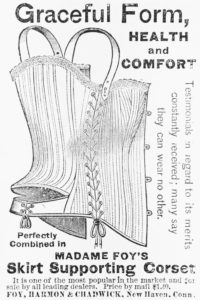
It’s why Emma Watson’s ardent aversion to the corset was a particularly mind-numbing decision—the film is set somewhere between 1740-1760, where the dresses were notoriously big and the need for corsets were more pertinent than ever. As a result, what should have been the most drool-worthy live-action Disney princess dress to date instead became the most lacklustre.
Where was the volume in the skirt? Where were the tiers and tiers of embellishments? Where was the wow-factor? The glamour? Where were her gloves? Granted, the costume department did an excellent job with the dress considering that they were now restricted by the lack of a key structural component; it’s just unfortunate that it had to end up so… meh. We digress, however—expecting historical accuracy from a Disney film is like waiting for rain in a drought.
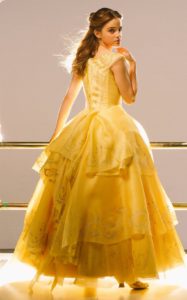
However, the issue remains of Watson’s misinformation—her reasoning was that she wanted to liberate Belle from the male gaze, while making the character “active” and “able to hold her own”; that is, without the corset that “would restrict her movement”.
READ: Would you buy these RM1,260 denim panties from Y/Project?
This in itself is a particularly grating point: While it’s true that corsets take a lot of getting used to, most women at the time would simply forget they were wearing them, much like how today we often forget that we are wearing a bra. To them, the corset was just another layer of their undergarments, and actually worked to provide a lot of support for their day-to-day labour.
Not to mention, restrictive, tight-laced corsets were mostly commonplace among unmarried young ladies of higher stature, such as Empress Elisabeth of Austria. These women didn’t have to work, meaning that they could endure the discomfort of tight-lacing for the sake of being fashionable. They were also far more likely to tight-lace consistently on a daily basis.

But what of the modern medical implications of corsetry? Why are corsets associated with symptoms of short breath, fainting spells, displaced organs and cracked ribs? You guessed it—all symptoms are attributed to consistent, long-term tight-lacing.
READ: Kim Kardashian’s new name for shapewear line, LVMH donates 10 million Euros to Amazon fires and more
Let’s tackle the shortness of breath: While it is true that any dizziness is the result of a too-tight or ill-fitting corset, you do still have to learn to breathe differently in a corset that isn’t tightly laced. The constriction around your waist prevents you from fully utilising your diaphragm. As a consequence, most people simply adapt to breathing from the ‘top of their lungs’. This isn’t necessarily unhealthy, however—if you ask any singer, breathing from the diaphragm consistently is usually something people have to be trained into, anyway.
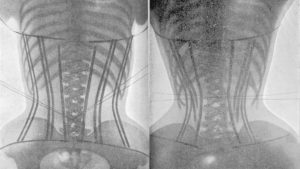
Of course there are negative, adverse effects that occur with any kind of body modification, and not just through tight-lacing. Corsets provide excellent back support, but continuous use can be a double-edged sword. Namely, muscle atrophy is an issue—when you underuse the muscles in your abdomen and back as you would in a corset, the muscles shrink, leading to back pain and other issues. This has been seen in recent studies, where back braces that function similarly to corsets have led to atrophy with continuous use.
Further, with regards to organ displacement, your organs shift back to their natural position once you remove the corset, just as they do after pregnancy. All the actresses you hear complaining about the perils of corsetry (looking at you, Emma Stone) were likely tight-laced too small. The same applies to the historical women whose skeletons show deformations as a result of corset use, according to this 2015 study. Plus, of course, with the temporary organ displacement associated with tight-lacing and the restriction over the belly from a traditional corset, you’re bound to run into trouble with food.
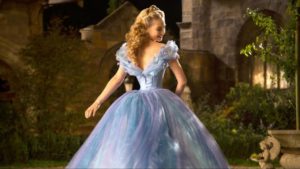
Calling on another of Disney’s live adaptations, Lily James’ dress in the 2015 live-action adaptation of Cinderella garnered a lot of negative press. In that dress, James’ already tiny waist of 22 inches was tight-laced down to a whopping 17 inches to create the silhouette for the dress.
READ: Stop crash dieting! Here’s how to get a flat tummy without risking your health
As a result, the actress had to adopt a liquid diet. She told E News: “When [the corset] was on, we would be on continuous days so we wouldn’t stop for lunch or a lovely tea like this—you’d be sort of eating on the move. In that case, I couldn’t untie the corset. So, if you ate food, it didn’t really digest properly and I’d be burping all afternoon … it was just really sort of unpleasant … I’d have soup so that I could still eat but it wouldn’t get stuck.”
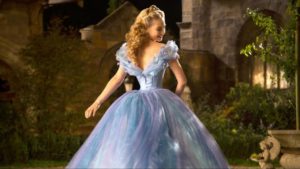
Let’s apply these adverse effects to a more modern case study. We’ve seen the corset make a big come-back as the waist trainer. Flogged across Instagram by the Kardashian-Jenners, it’s marketed as a way to permanently slim your figure by “holding all your fat in place so you can focus your training on your core muscles”. Effectively, the notorious family is selling the concept of tight-lacing as waist training.
Many have vouched for the effectiveness of their waist-trainer programmes, saying that it’s helped them shed the pounds. Of course, the idea that a waist trainer can have any dramatic, or long-term effect on your natural figure is completely baseless, especially as we have already established that corsetry is temporary. The whole trend is essentially a rip-off—the results people claim to be seeing are from all of the exercise they’re told to do as well as the reduction in their appetites from the corset.
In conclusion, corsets are a very misunderstood staple of historical fashion and continue to be misunderstood today. This is only a brief exploration into the complexities of corset history that only just scratches the surface.
For more historical trends, click here.
| SHARE THE STORY | |
| Explore More |
